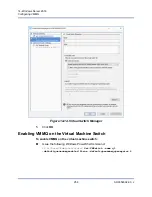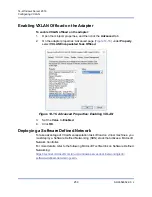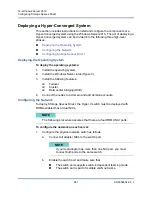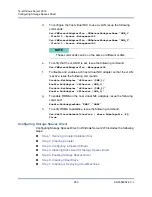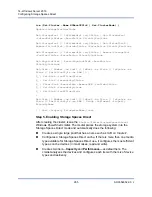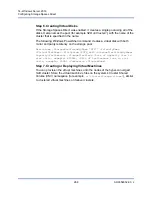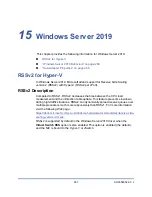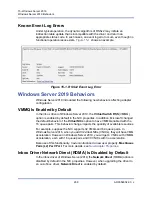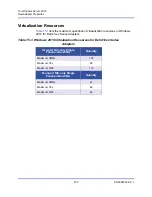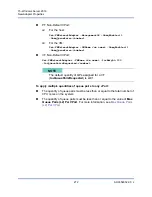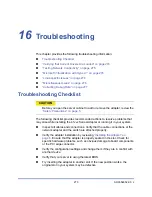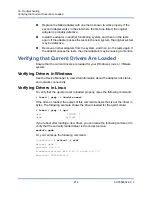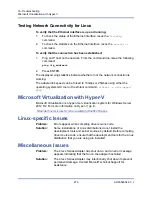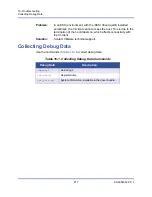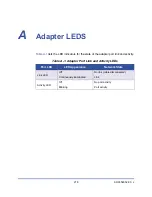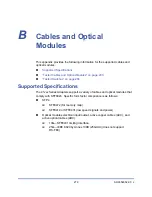
14–Windows Server 2016
Configuring Storage Spaces Direct
265
AH0054602-00 J
icm (Get-Cluster -Name HCNanoUSClu3 | Get-ClusterNode) {
Update-StorageProviderCache
Get-StoragePool |? IsPrimordial -eq $false | Set-StoragePool
-IsReadOnly:$false -ErrorAction SilentlyContinue
Get-StoragePool |? IsPrimordial -eq $false | Get-VirtualDisk |
Remove-VirtualDisk -Confirm:$false -ErrorAction SilentlyContinue
Get-StoragePool |? IsPrimordial -eq $false | Remove-StoragePool
-Confirm:$false -ErrorAction SilentlyContinue
Get-PhysicalDisk | Reset-PhysicalDisk -ErrorAction
SilentlyContinue
Get-Disk |? Number -ne $null |? IsBoot -ne $true |? IsSystem -ne
$true |? PartitionStyle -ne RAW |% {
$_ | Set-Disk -isoffline:$false
$_ | Set-Disk -isreadonly:$false
$_ | Clear-Disk -RemoveData -RemoveOEM -Confirm:$false
$_ | Set-Disk -isreadonly:$true
$_ | Set-Disk -isoffline:$true
}
Get-Disk |? Number -ne $null |? IsBoot -ne $true |? IsSystem -ne
$true |? PartitionStyle -eq RAW | Group -NoElement -Property
FriendlyName
} | Sort -Property PsComputerName,Count
Step 5. Enabling Storage Spaces Direct
After creating the cluster, issue the
Enable-ClusterStorageSpacesDirect
Windows PowerShell cmdlet. The cmdlet places the storage system into the
Storage Spaces Direct mode and automatically does the following:
Creates a single, large pool that has a name such as
S2D on Cluster1
.
Configures a Storage Spaces Direct cache. If there is more than one media
type available for Storage Spaces Direct use, it configures the most efficient
type as cache devices (in most cases, read and write).
Creates two tiers—
Capacity
and
Performance
—as default tiers. The
cmdlet analyzes the devices and configures each tier with the mix of device
types and resiliency.






